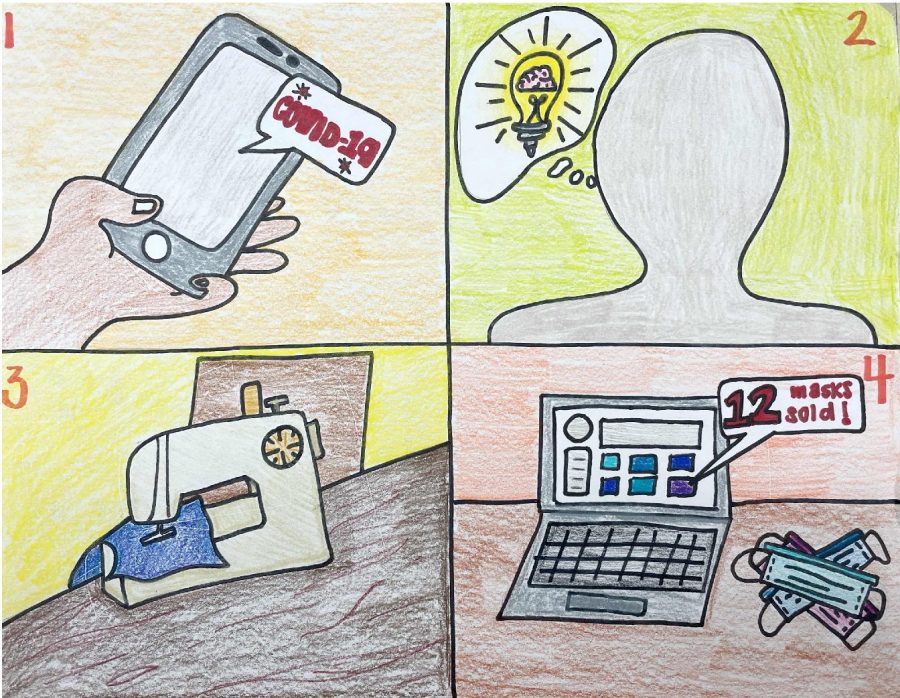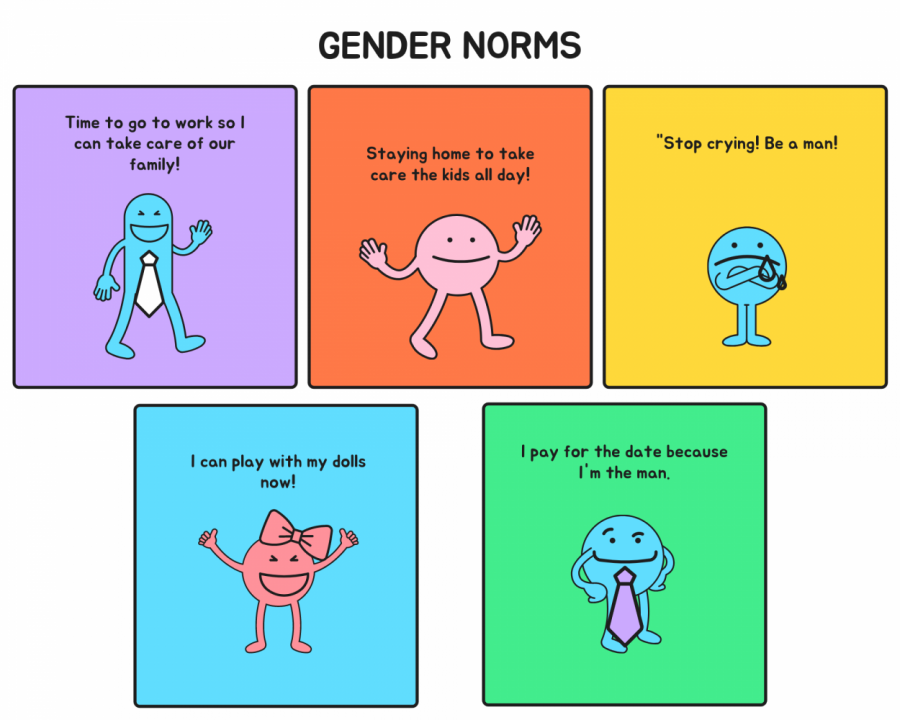Adolescence can be a difficult time when decisions can affect teens for the rest of their lives. Although it can be stressful for parents, teenagers need to explore their limits and abilities as well as the boundaries that parents set, part of the path to becoming adults.
Teens often begin experimenting with risky behaviors due to peer pressure. Worries about peer acceptance, grades or just growing up can lead to confusion, low self-esteem and risk-taking. Teenagers seek out risky behaviors, research suggests, because the brain systems are involved in decision-making at different times.
One of these risky behaviors is bullying.
Freshman Adrianne Del Rosario said,“When someone bullies me, it makes me feel unwanted because I know that they enjoy making me feel unimportant. but I think people are bullying others because they’re taking their anger out on other people who are vulnerable. However, I think it is still unacceptable.”
At the individual level, teens with low self-esteem, negative peer groups, or low school engagement or educational aspirations are more likely to engage in risky behaviors.
Media technology has potential benefits for teens. While it allows young people to communicate with family and friends on a regular basis, technology also provides opportunities to make social connections for teens who have difficulty developing friendships in traditional social settings or because of limited contact with same-aged peers.
Freshman Ashley Lardizabal said, “Social networking sites allow me to interact and stay in touch with my friends. It also allows me to meet new people.”
However, teens also use technology to embarrass, harass or threaten peers. Increasing numbers of teens and pre-teens are becoming victims of this new form of violence. Although many different terms, such as cyberbullying, Internet harassment and Internet bullying, have been used to describe this type of violence, electronic aggression is the term that most captures all types of violence that occur electronically.
Technology Coordinator, Randall Pong, said, “A lot of people who get involved with cyber bullying do not recognize it and consider bullying just for fun, not thinking about the consequences. However, teens need to understand that by bullying someone, they can be prosecuted by the police. They must think about the consequences of their actions.”
Although risk-taking is a factor in adolescents’ lives, it is still preventable. Efforts to prevent youth from engaging in risky behaviors need to begin as early as possible. The key is to foster positive development by cultivating a children’s sense of competence, belonging and abilities. It is important to remember that boundaries and expectations are needed.
Junior high counselor, Joyce Hall, said, “Prevention definitely starts with education. It is important to teach students about the outcomes and what the harms are. They need to be guided in order for them to make healthier choices.”





























